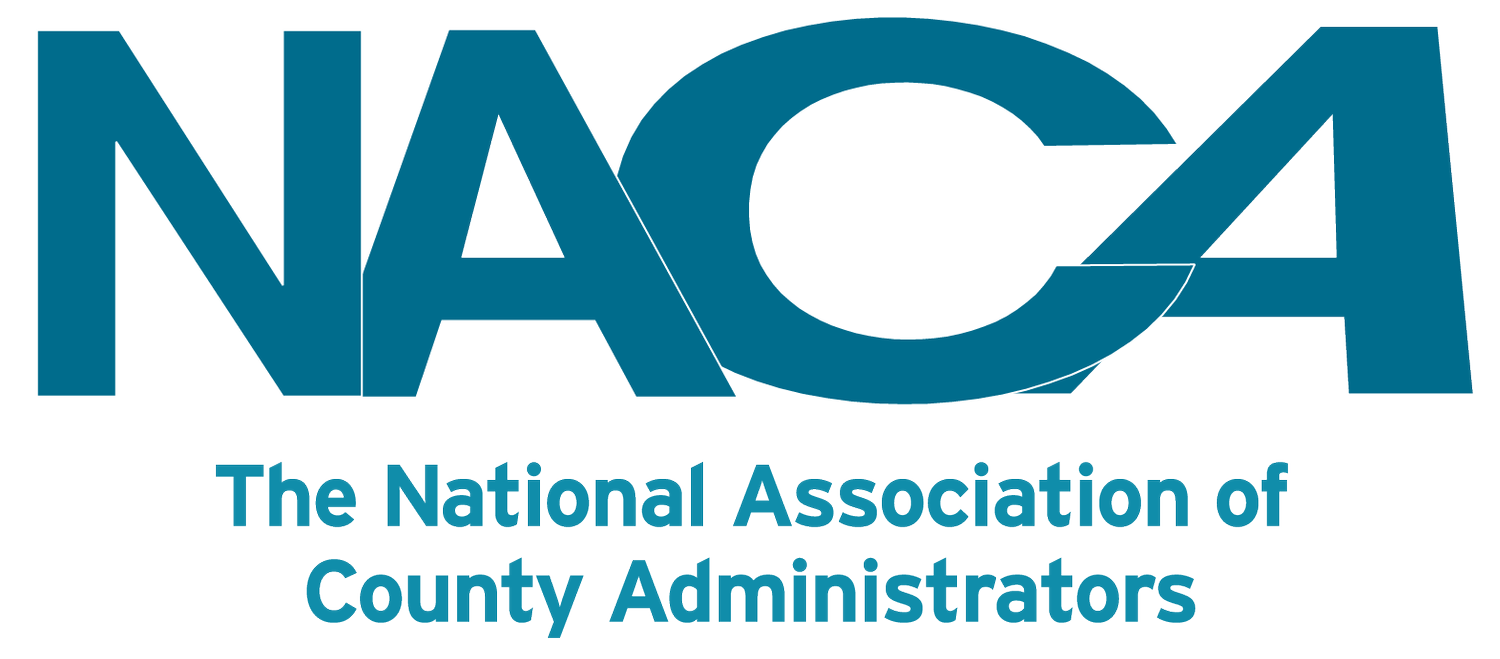Earmarks 101: What Counties Need to Know to Bring Home the Bacon
By Zach Israel
Congress is racing toward a September 30, 2023 deadline to pass a spending bill to keep the federal government open, and a short-term Continuing Resolution is expected to avert a shutdown. While the process will not be completed on time for the new federal fiscal year (October 1), significant progress has been made by the House and Senate Appropriations Committees on the thousands of Fiscal Year (FY) 2024 Community Project Funding/Congressionally Directed Spending (CPF/CDS) requests, commonly referred to as earmarks, submitted by Members of Congress this past Spring. Earmarks, which were revived in 2021 after a more than decade-long hiatus, provide direct funding (outside a statutory or administrative formula-driven or competitive award process) to county governments for specific eligible projects via various existing federal accounts, ranging from public safety and transportation to economic development and health and human services.
According to analyses by the U.S. Government Accountability Office (GAO) and CQ Roll Call, Congress appropriated $9.1 billion for 4,963 projects in FY 2022 and $15.3 billion for 7,234 projects in FY 2023. Individual earmarks generally range from tens of thousands to tens of millions of dollars, depending on the Member of Congress making the request (e.g., appropriations committee members often secure high-dollar project funding) and the type of project getting funded (e.g., transportation projects often secure higher funding levels). Members of the House of Representatives are limited to submitting 15 earmark requests for priority projects in their districts, while Senators have no cap.
Earmarks are great funding tools for county governments to utilize to complete or advance an important project in their community faster than it otherwise would without additional federal support. The annual process typically begins in February, when the appropriations committees release updated guidance and deadlines for individual offices to submit their requests. Each congressional office then sets its own internal deadlines for county governments seeking an earmark to submit relevant information and evidence of community support for the project, typically in March. The appropriations committees then spend the next several months vetting the thousands of earmark requests submitted and release the approved lists to the public beginning in June and July. Once Congress passes the annual spending bills that include approved earmarks, county governments are then eligible to draw down this funding in the subsequent months (typically in the first quarter of the calendar year).
Of the several dozen earmark accounts available, one of the most widely used by county governments is the U.S. Department of Housing and Urban Development’s (HUD) Economic Development Initiative (EDI), which covers Community Development Block Grant (CDBG)-eligible projects related to land or site acquisition, demolition or rehabilitation; blight removal; and construction and capital improvements of public facilities. The upcoming FY 2025 earmark process should begin in February 2024, so it is important for county governments to begin identifying possible projects and vetting their competitiveness based on the projects that have been funded over the past three appropriations cycles.
Zach Israel is a Principal at TFG, a bipartisan federal government relations firm and longtime “Friend of NACA.”

